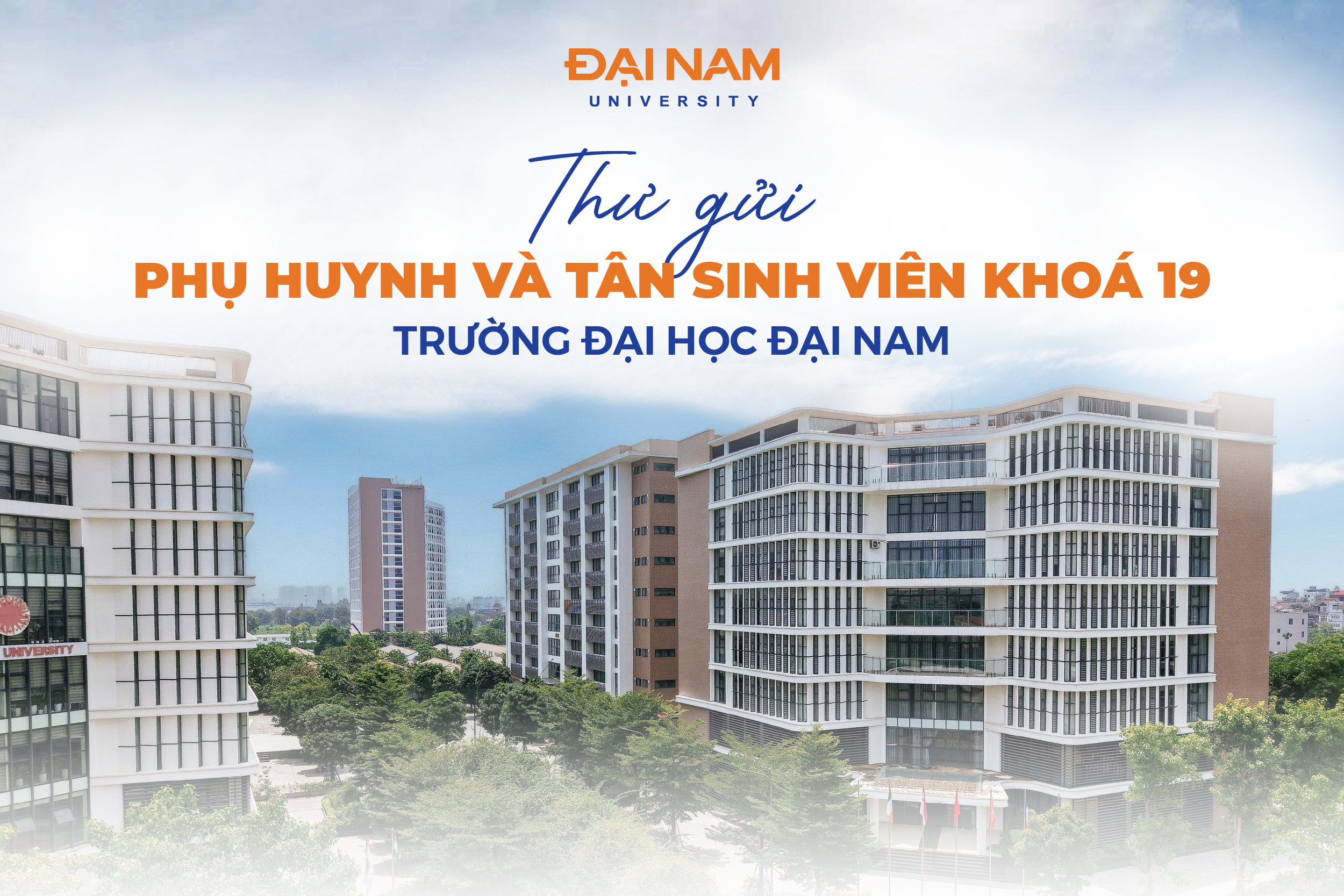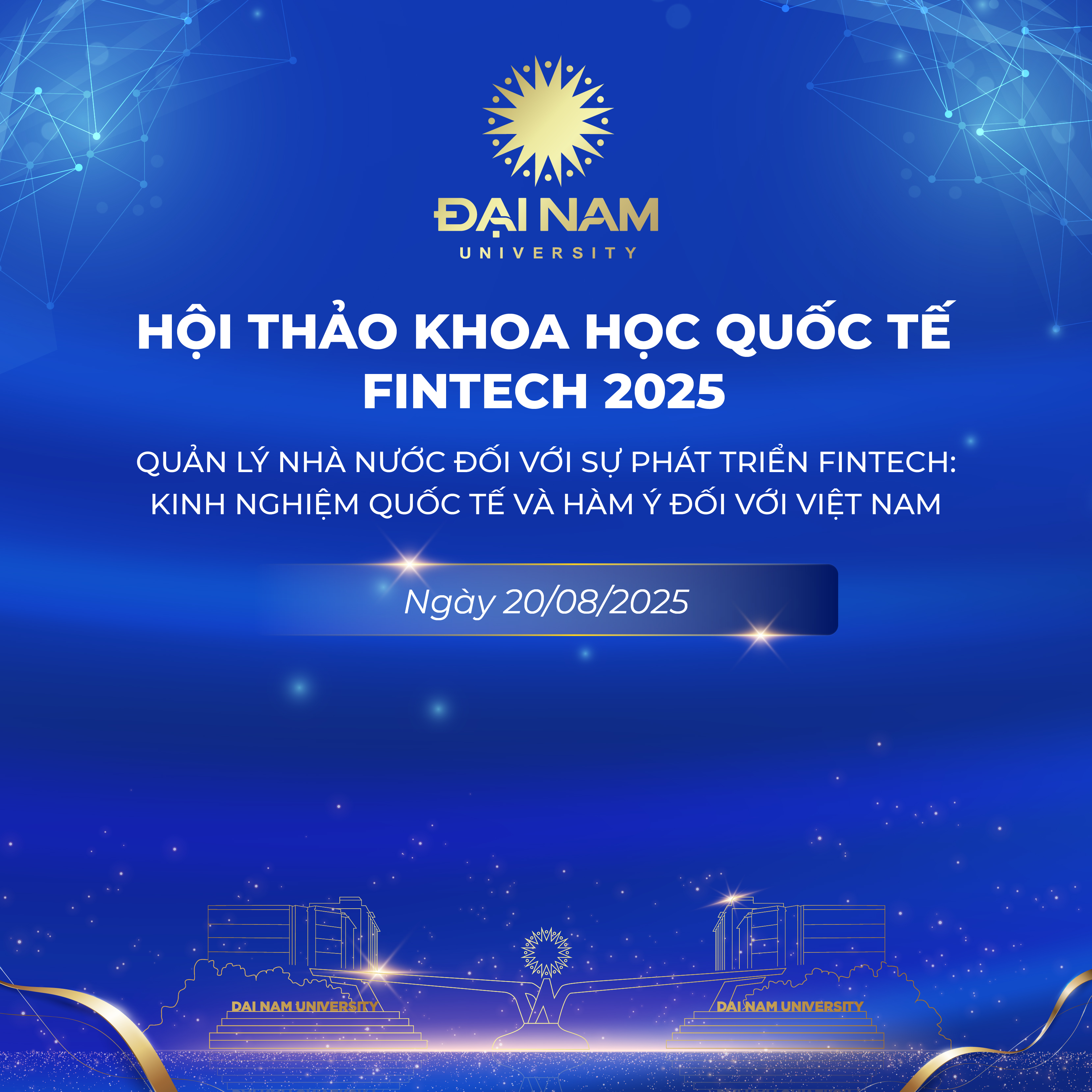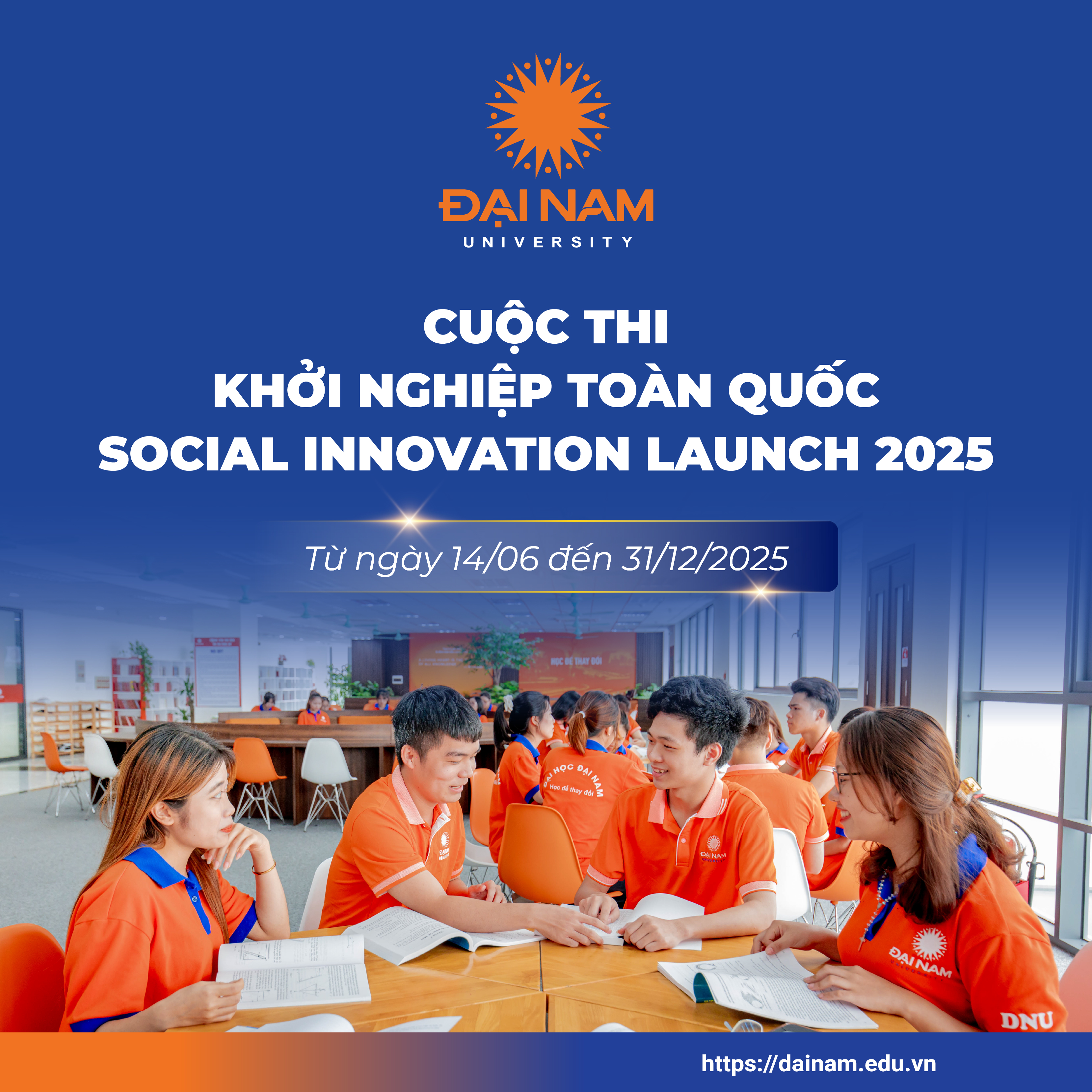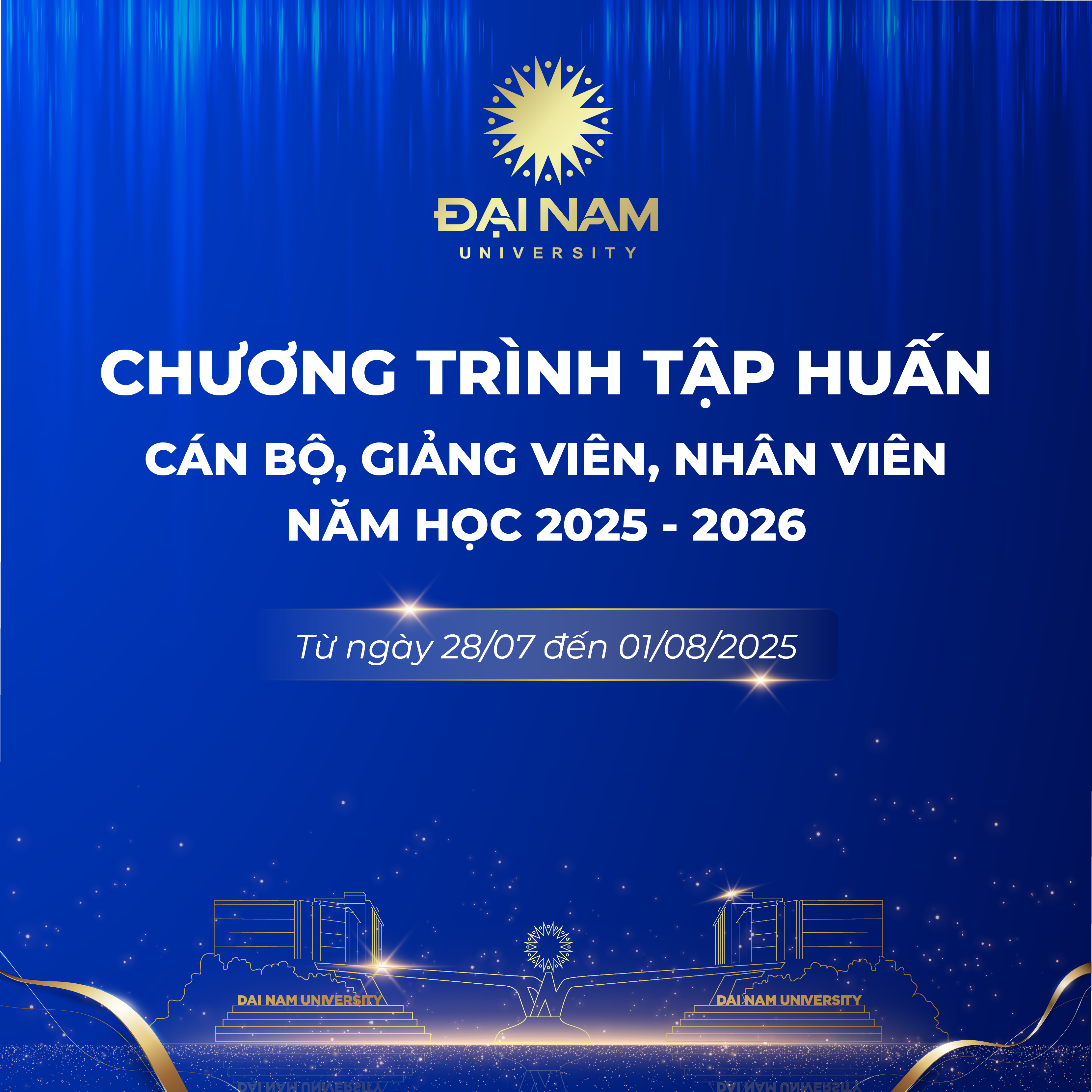1. WHAT IS CIRCULAR ECONOMY?
According to Vietnamese Wikipedia, circular economy is an economic model in which design, production and service activities aim to extend the life of materials, and eliminate negative impacts on the environment. Circular systems apply reuse processes through sharing, repair, refurbishment, remanufacturing and recycling to create closed-loops for resources used in the economic system to minimize the amount of resources used and the amount of waste created, as well as the level of environmental pollution and emissions. The purpose of the circular economy is to extend the life of products, equipment and infrastructure to increase the productivity of these resources. All “waste” from one consumer production process should be viewed as raw materials for other consumer production processes, regardless of whether it is a by-product or a resource recovered from another industrial process or a resource returned to the natural environment (e.g. through composting organic waste). This approach contrasts with the widely popular linear economic model. In the linear economic model, resources only flow in one direction, from resource extraction, production, to disposal after consumption, leading to resource waste and the creation of a huge amount of waste.
The concept of Circular Economy (CEE) was first officially used by Pearce and Turner (1990) [1]. It is used to refer to a new economic model based on the fundamental principle that “everything is an input to something else”, which is completely different from the traditional linear economic view. Ellen MacArthur Foundation describes the CEE as an industrial system that restores or regenerates by intention and design. It switches to renewable energy, eliminates the use of toxic chemicals and waste that reduces the ability to be reused through superior design of materials, products, systems and, within this scope, business models. Or simply put, the Circular Economy is turning the output waste of one industry into an input resource of another industry or circulating within a business itself. The Circular Economy partly contributes to increasing value for businesses, reducing resource exploitation, reducing waste treatment costs, and minimizing environmental pollution.
2. WHY SHOULD WE TRANSFORM FROM LINEAR ECONOMY TO CIRCULAR ECONOMY?
In the current context, the transition from a straight economy to a circular economy is essential for all countries in the world, including Vietnam. The four main reasons that make this transition necessary include:
(1) The increasing demand for raw materials, while the sources of these materials are increasingly depleted, especially for mineral resources, which are non-renewable resources;
(2) Dependence on other countries, especially countries that depend on other countries for raw materials. This dependence leads to global political tensions;
(3) Impact on climate change (emissions of greenhouse gases, especially CO2) increases the process of extreme climate change, causing extremely serious consequences. The transition to a circular economy with the goal of using sustainable energy will reduce the process of climate change;
(4) Create economic opportunities, especially for business and science in the fields of innovation, design, recycling and creation.
Solving problems related to raw material scarcity, sustainable energy use, minimizing waste in each stage of the product life cycle, reusing available raw materials, etc. requires significant investment in qualified scientific human resources, increasing competitiveness for the economy. Recently, the Ministry of Natural Resources and Environment said that the shift from a linear economy to a circular economy is becoming a global trend.
3. CIRCULAR ECONOMY IN VIETNAM
The concept related to the circular economy model has existed in Vietnam for 20 years with different names. That is the VAT model (Garden – Pond – Barn), a model that we have applied quite successfully. In addition, the concepts of “ecological industrial zone”, “cleaner production”, “zero emission”, recycling, reuse, reproduction – a part of the circular economy – have also been mentioned a lot in recent times. These concepts have been expressed through the policies of the Party and the State related to environmental protection and have been researched and applied by schools/research institutes such as the Institute of Strategy and Policy on Natural Resources and Environment (Ministry of Natural Resources and Environment), Institute of Environment and Resources (Ho Chi Minh City National University).
Opportunities for the development of circular economy in Vietnam are shown in the following points: First, circular economy is a global trend, so Vietnam will learn a lot from the experiences of the countries that have gone before. Second, Vietnam is in the process of perfecting the socialist-oriented market economy institution, the transformation of the model from "linear economy" to "circular economy" contributes to the rapid and sustainable development of the economy. Third, encouraging and creating mechanisms for the private economy to develop in a competitive market context will create many opportunities for private sector investment in implementing circular economy development in the coming time. Fourth, Vietnam has been moving towards the 4.0 Industrial Revolution, implementing circular economy development associated with high technology, shifting from the real world to the digital world will be a great opportunity to improve growth efficiency compared to previous growth methods. Fifth, the pressure of resource shortage, environmental pollution, large amounts of waste, especially plastic waste, will decrease when developing circular economy. Sixth, developing circular economy will receive high consensus and support from society, because this development method solves resource scarcity, protects the environment, responds to climate change and brings high economic efficiency.
3.1 Solutions to promote circular economic development in Vietnam
From the above practice and theory, in order to promote the development of circular economy in Vietnam, in the coming time, it is necessary to focus on implementing the following solutions:
Common solution
Firstly, developing a circular economy is an inevitable solution to improve growth quality, improve national competitiveness, ensure sustainable production and consumption; allocate, manage, and effectively use resources, protect the environment and respond to climate change, contribute to solving social problems, create jobs...
Second, promote the strength of the entire political system, thoroughly grasp the Party committees and authorities at all levels; strengthen widespread propaganda throughout society about the practical requirements, role, significance, benefits and importance of circular economic development, in which the business community and people play a central role.
Third, lead and direct the review, revision, supplementation, and promulgation of new mechanisms, strategies, policies, and laws to promote the development of circular economy, in accordance with the Party's policies, new trends, regulations, and standards that have been and are being formed in the region and on a global scale.
Fourth, promote research and application of science and technology, taking digital transformation and application of achievements of the 4.0 Industrial Revolution as the driving force for developing circular economy.
Fifth, promote internal resources and seek international support to implement Vietnam's commitments; encourage and mobilize the business community, organizations and individuals to increase investment in circular economy development.
3.2. Specific solutions
Firstly, there needs to be a clear legal corridor for the formation and development of the circular economy, from the Party's policies to the State's laws.
Second, conduct extensive research on the development of circular economy from a global common approach, principles established by industry and field, deploy models and criteria of circular economy models, from which specific applications are selected to the practical situation of Vietnam and widely disseminated to businesses, people and managers to have a correct perception.
Third, developing circular economy based on industries, fields and localities that have been implementing economic models close to the circular economy approach, thereby supplementing, perfecting and having appropriate choices for each industry and field from piloting to widespread implementation.
Fourth, create a mechanism to form market dynamics based on investment efficiency criteria, encourage enterprises and people, especially the private sector, to invest and develop sectors of the circular economy, and clearly establish the role of enterprises in implementing circular economy development.
Fifth, increase the exchange and learning of international experiences, especially from countries that have successfully implemented circular economy, thereby transferring and applying them to the specific circumstances of Vietnam.
Sixth, implementing circular economy development requires a roadmap and priorities in development based on market needs and social demands.
Seventh, waste must be classified at source and after classification, waste must be collected, cleaned, transported for reuse and recycling.
3.3. Some recommendations
On the part of the management agency: Complete the legal corridor to serve the development of the circular economy. It is necessary to specify the responsibilities of manufacturers and distributors in collecting, classifying and recycling or paying for the cost of handling discarded products based on the quantity of products sold on the market. Build a model of in-depth economic growth, effectively use input resources, apply science and technology to industries. Regulate the roadmap to replace fuels, products using hazardous raw materials, single-use products with environmentally friendly fuels, raw materials, and multi-use products. Focus resources (finance, technology and human resources) on implementing the transition to the development of the circular economy.
On the part of the business community: Raise awareness among manufacturers and the public about their responsibility for products throughout their life cycle. Businesses need to focus on investing in modern, environmentally friendly technology in production activities.
On the people's side: Raise awareness in the use and exploitation of resources; change farming and production methods in agriculture; change awareness in product consumption. In addition, it is necessary to improve the community's capacity in propagating people to protect the environment, introducing many green production and consumption models "without affecting future generations".
In short, the shift from linear economy to circular economy is a common trend of the world community and Vietnam is no exception. To realize this orientation requires the efforts of all components of society, especially enterprises as the central driving force, the State plays a role in creating and leading, and the community participates in implementing to change both the awareness and behavior of the whole society.
[1] Pearce, DW and RK Turner (1990), Economics of Natural Resources and the Environment, Hemel Hempstead: Harvester Wheatsheaf.
Graduate Training Institute
Register for admission consultation 2025
scholarships and tuition support worth up to 55 billion VND

scholarships and tuition support worth up to 55 billion VND







